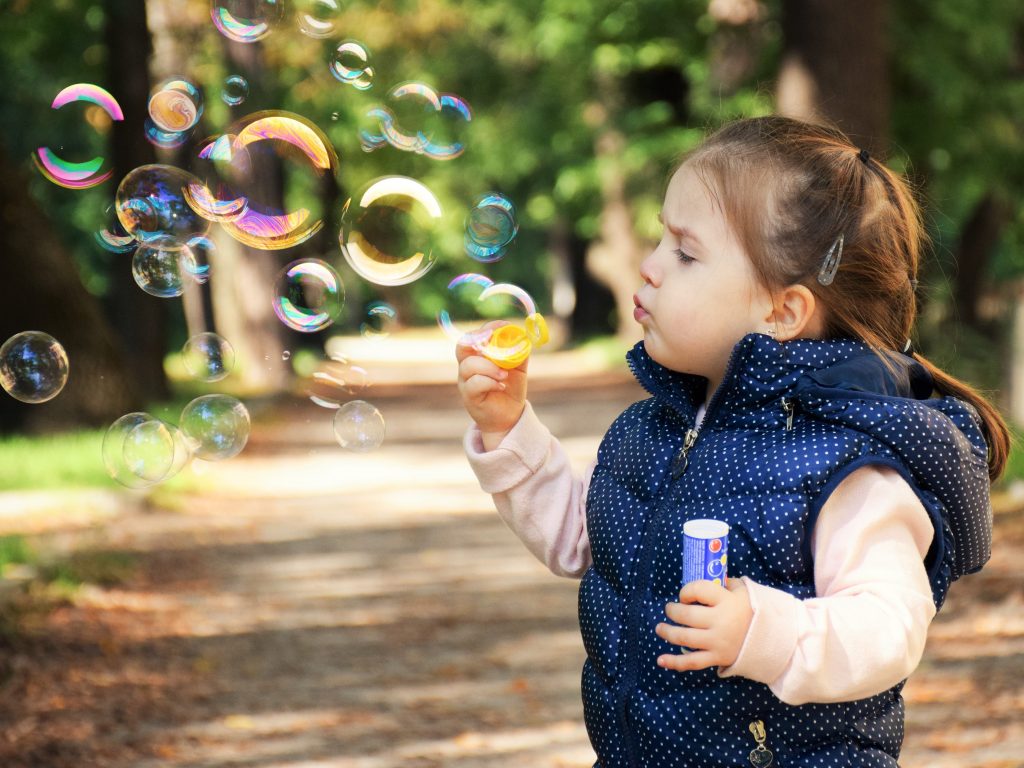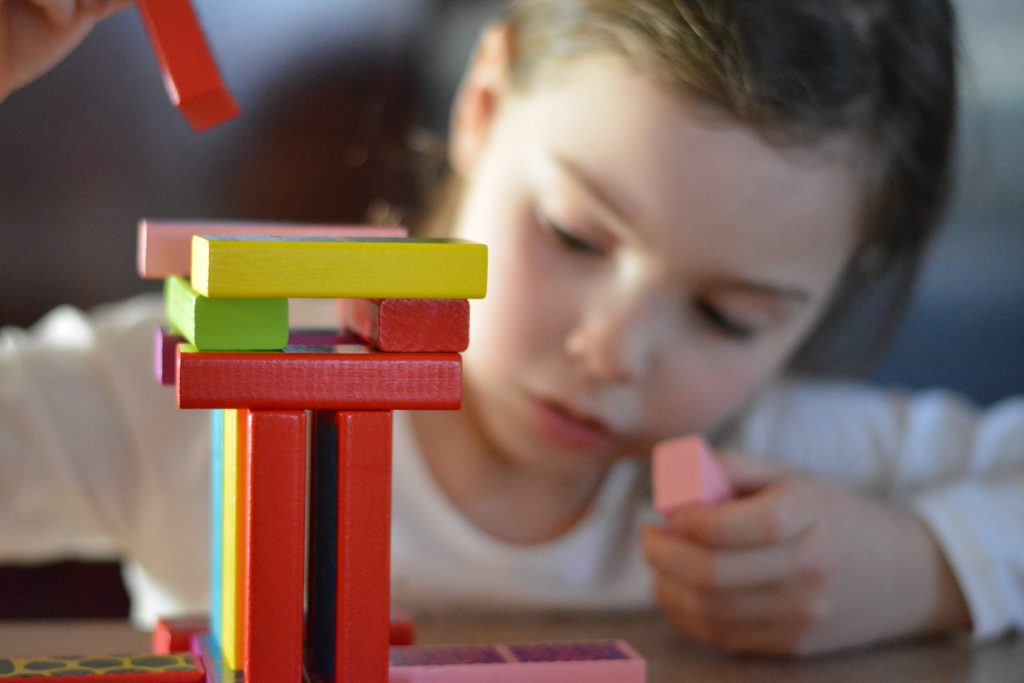
What are fine motor skills?
Fine motor skills are the precise coordinated movements of the small muscles in our bodies. Examples of fine motor skills are hand writing skills, cutting, buttoning, zipping a zipper, turning pages, and eating.
Fine motor skill influences the quality of the task as well as the speed of a task. Efficient fine motor skills require a number of independent skills to work together to appropriately manipulate the object or perform the task.
Manipulation skills refer to the ability to move and position objects within one hand without the help of the other hand. Manipulation is used when holding a puzzle piece, buttoning, zipping, stacking blocks, writing or even cutting with scissors. Manipulation of objects are needed in the coordination of many skills for successful performance, including fine motor control, bilateral integration, coordination and hand-eye coordination.
What is Hand-Eye Coordination?
Hand-Eye (Eye-Hand) coordination is the coordinated control of eye movement with hand movement and the processing of visual input to guide reaching and grasping along with the use of proprioception of the hands to guide the eyes. The small corrections that are needed to focus and look are considered a fine motor task in its self. The visual sense is the most utilized sense that humans depend on as they develop. Hand-Eye coordination is needed for the simple movements of stacking wooden blocks, brushing your teeth and using utensils to feed yourself. This skill is also needed for advanced skills such as archery, music reading, driving a car, computer gaming, copy-typing, It is part of the mechanisms of performing everyday tasks; in its absence, most people would be unable to carry out even the simplest of actions such as picking up a book from a table or maintaining general hygiene.

